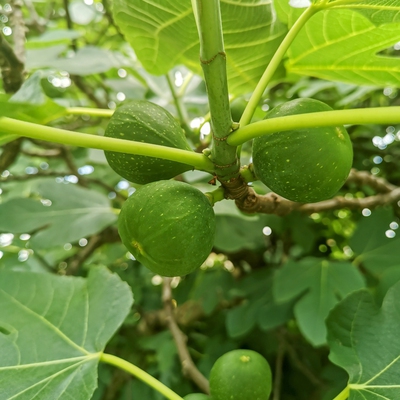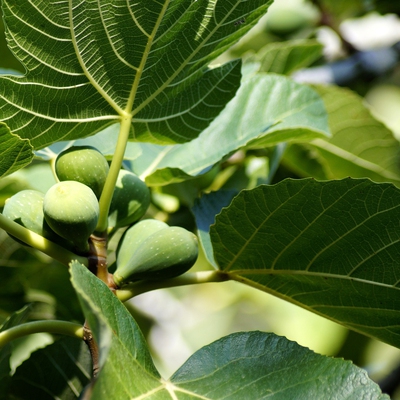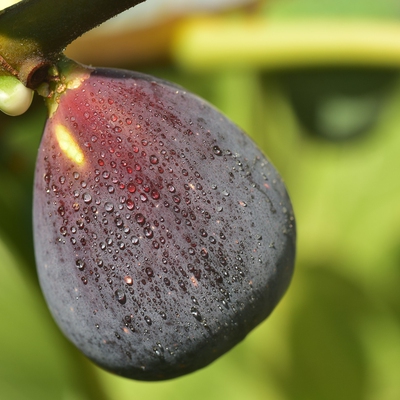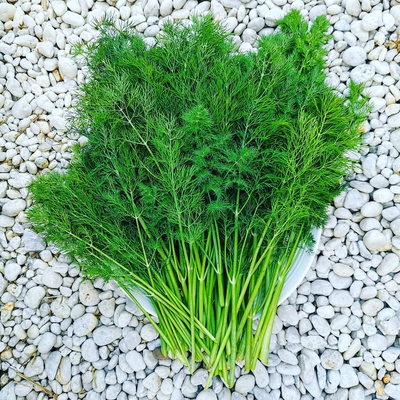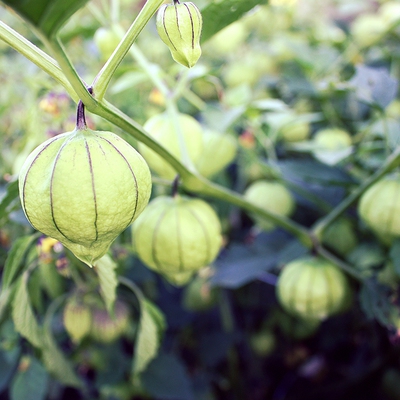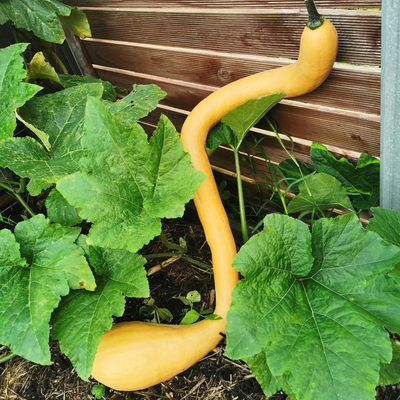This article is a guide to growing Figs. It includes sun requirements, when to plant, feeding, when to harvest, pests, diseases and troubleshooting.
 Soil
Soil
What soil is good for Figs?
Figs require moisture retentive, well draining soil. Dig through plenty of compost.
Like most fruit trees, Figs require deep, well draining soil. They will not tolerate waterlogged soil and will develop root rot as a result. Avoid planting in heavy clay unless the soil has been amended. Heavy soils can be improved by incorporating gypsum and organic matter and mounding the soil before planting to improve drainage.
 Position
Position
How much sun do Figs need?
Plant Fig trees in a sunny, sheltered position.
 Frost Tolerant
Frost Tolerant
Are Figs frost tolerant?
Figs will survive periodic frosts, but hard freezes can lead to death of branches and dormant buds. Hard freezes may also cause trees to die back to the base, from which new plants will often re-shoot in warmer weather.
 Spacing
Spacing
How much space do Figs need?
Plant Fig trees roughly 3m apart.
 Planting
Planting
When should I plant Figs?
Late autumn or early spring is the best time to transplant Fig trees. Plants, with the exception of bare-root, can be transplanted at anytime between when the ground thaws and when it freezes (so anytime if you are in a frost free climate). However, if transplanting in the heat of summer, you'll need to be diligent in watering and provide extra shade for your plant in the first few weeks after transplanting.
Dig a hole 2-3 times the width of the root ball. The hole should allow the plant to sit at the same level in the soil as it was previously. Fill the hole with soil ensuring the crown of the plant, where roots and stem meet, is level with the soil surface.
When transplanting, plant out in the early morning or evening and/or on an overcast day. Avoid planting at peak sun times or on windy days, this will allow your plants to settle in comfortably and protect them from windburn and sunburn.
 Feeding
Feeding
What do I feed Figs?
Fertilise your Fig tree each spring with an organic fertiliser and top-dress the root zone with a mix of compost and well rotted manure.
Once established, figs don’t need too much feeding. Don’t over-fertilise with high nitrogen fertilisers as this will lead to vigorous leaf growth at the expense of fruit growth.
Add a 2-3 inch layer of mulch around the tree up to the drip line to retain moisture (be careful not to pile mulch against the tree trunk as this may lead to trunk rot and disease).
 Harvesting
Harvesting
When can I harvest Figs?
Harvest figs when the skin feels soft and starts to split when gently squeezed.
 Pests
Pests
What pests do Figs get?
Pests that affect Fig trees include: Aphids, Slug, Snail, Mites, Scale, Birds, Bats, Root Knot Nematodes, Bats, June Beetle, Fruit Fly.
 Diseases
Diseases
What diseases do Figs get?
Diseases that affect Fig trees include: Scale, Fig Mosaic Virus, Rust, Leaf Blight, Fruit Souring, Alternaria Rot, Aspergillus Rot, Botrytis Limb Blight, Smut.
 Notes
Notes
Is there anything else I need to know about Figs?
Fig trees produce a milky sap which can cause skin irritation, the sap can be seen when pruning the tree or when harvesting figs.
Cut off any suckers (new growth) that appear at the base of the tree as they will rob the tree of nutrients.
 Troubleshooting
Troubleshooting
How do I troubleshoot my growing problems?
Figs will need protection from birds and bats.
